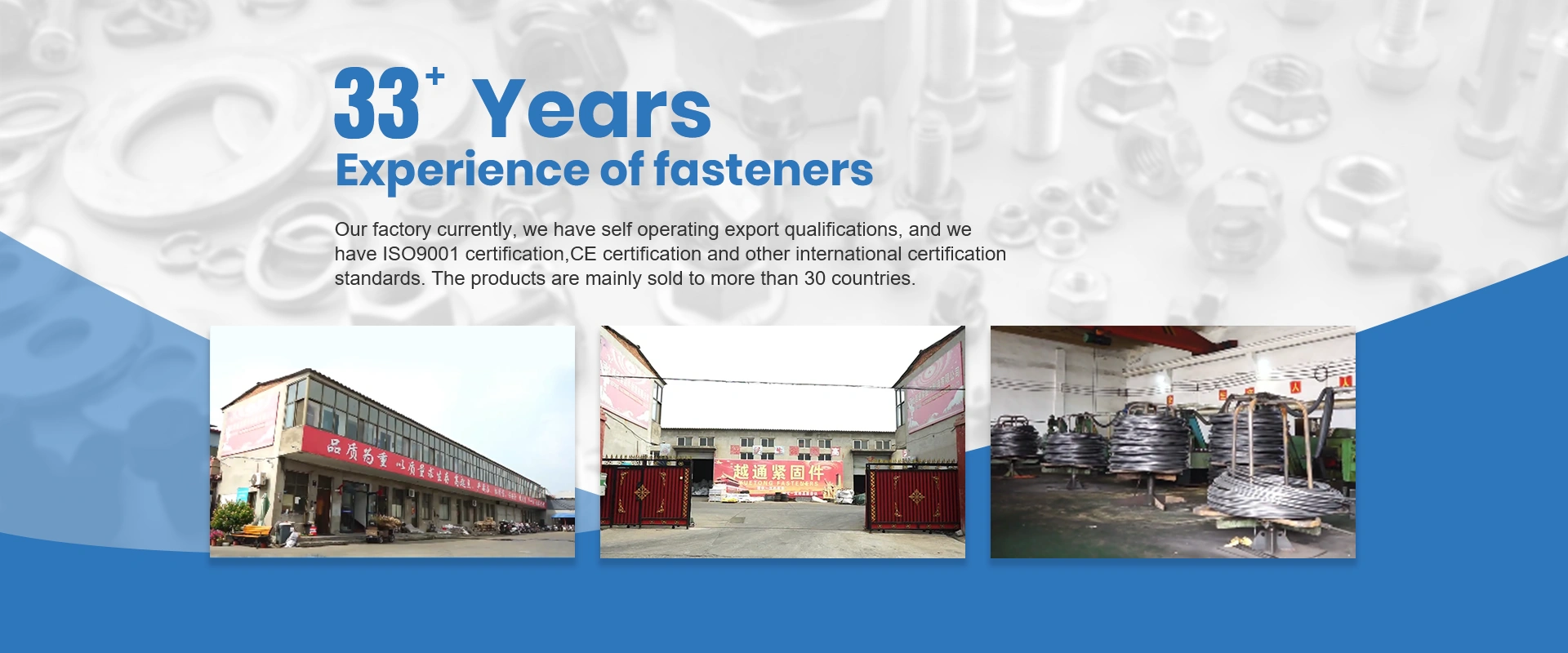Dec . 26, 2024 17:02 Back to list
anchor bolt grouting
Anchor Bolt Grouting An Essential Process in Construction
Anchor bolts are crucial components in construction and structural engineering, serving the purpose of securing structures to their foundations. One vital aspect of ensuring their effectiveness is the grouting process, which involves filling the space between the anchor bolt and the surrounding concrete or masonry with a material that enhances the bolt’s load-carrying capacity and overall stability. This article delves into the significance of anchor bolt grouting, the materials used, and the best practices to achieve optimal results.
Importance of Grouting
Grouting plays a critical role in the performance of anchor bolts. When properly executed, it transfers loads efficiently from the structure to the foundation, minimizes movement, and provides resistance against various forces, including shear and tension. Additionally, grouting helps in distributing loads evenly, reducing the risk of localized stress that can lead to cracking or failure. Notably, in seismic zones, effective grouting can significantly enhance the ductility and resilience of structures, making them more capable of withstanding earthquakes.
Grouting Materials
The choice of grout material is crucial for successful anchor bolt installation. Commonly used grouting materials include
1. Cementitious Grouts These are made from a blend of cement, water, and sometimes chemical additives to improve flow and set time. They are widely used due to their cost-effectiveness and strength. However, they may shrink over time, potentially leading to voids around the anchor bolts.
2. Epoxy Grouts These are synthetic resins that offer superior adhesion and durability compared to cementitious options. Epoxy grouts are ideal for environments subject to extreme conditions, such as moisture or chemicals, owing to their ability to resist shrinking and cracking.
3. Polymer Grouts Often used in specialized applications, polymer grouts provide excellent flexibility and load distribution. They are particularly useful in conditions where movement is expected, helping to maintain a solid bond even with shifting loads.
Each type of grout has its advantages and is selected based on specific project requirements, including load conditions and environmental factors
.anchor bolt grouting

Best Practices for Grouting Anchor Bolts
To ensure the effectiveness of the grouting process, several best practices should be followed
1. Surface Preparation The surfaces of the anchor bolts and the surrounding base material must be clean and free from contaminants such as dust, grease, or moisture. Proper preparation promotes better adhesion and bonding.
2. Correct Mixing Following the manufacturer’s instructions for mixing grout is critical. Incorrect ratios or inadequate mixing can lead to subpar performance, affecting the structural integrity.
3. Timely Installation Once the grout is mixed, it should be applied without delay to avoid premature setting. Using a pump can facilitate the process, ensuring that there are no gaps or voids during application.
4. Curing Allowing the grout to cure properly is essential. Curing times vary based on the material used, and failure to respect these times can compromise the bond strength and stability.
5. Quality Control Regular inspections during and after the grouting process can help identify issues early on. Ensuring the grouting meets quality standards is crucial for achieving long-term performance.
Conclusion
In summary, anchor bolt grouting is a fundamental aspect of construction that ensures the stability and integrity of structures. By selecting appropriate materials and adhering to best practices, engineers and builders can enhance the effectiveness of anchor bolts, ultimately contributing to safer and more resilient buildings. Whether dealing with simple installations or complex structures, understanding the significance of grouting is essential for successful construction practices.


